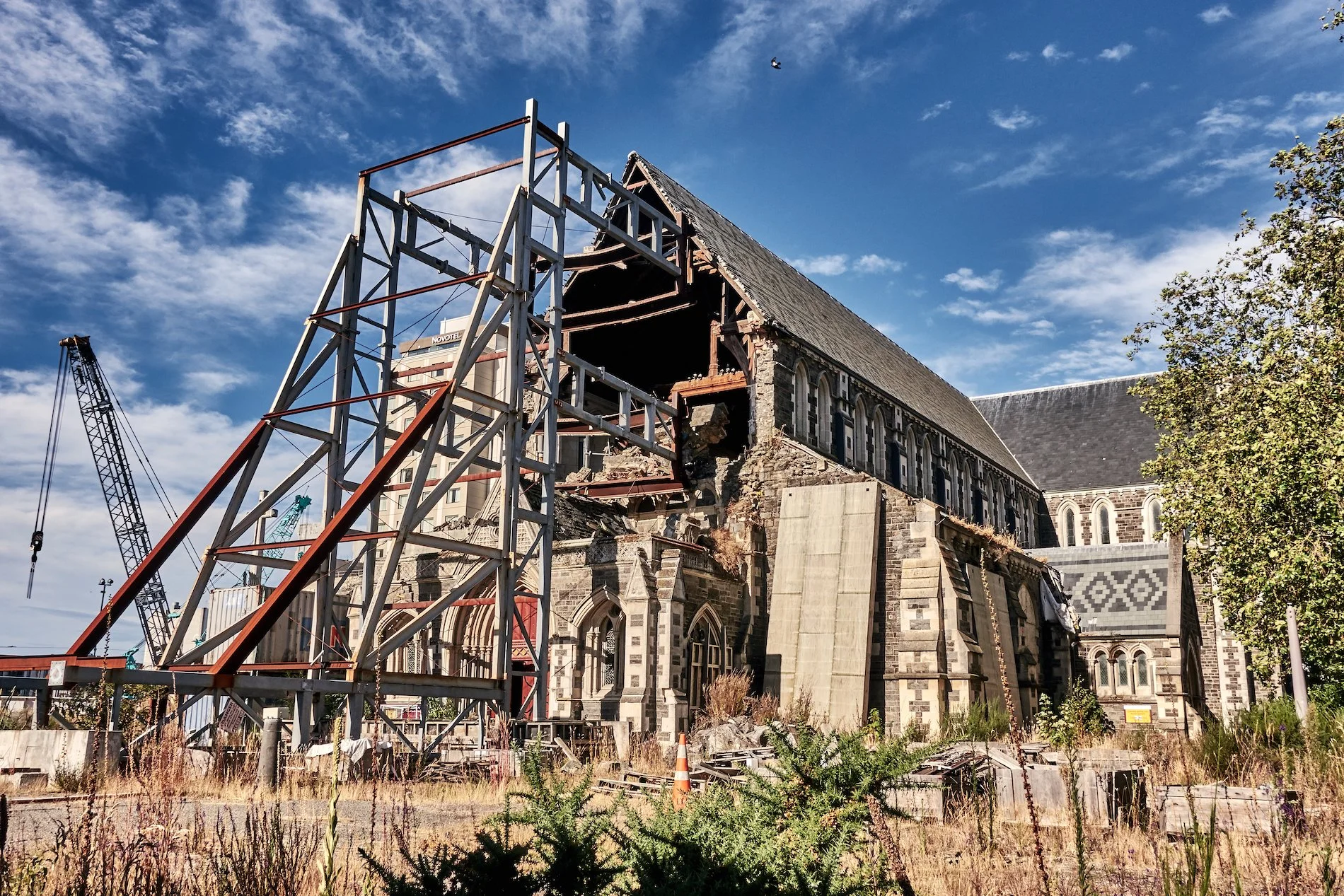The Particular Challenge of Older Congregations
Being a church leader today is hard. The challenges facing congregations are real. The people in congregations are often stressed, wrestling with a host of pressing questions. And the contexts and the larger culture that congregations participate in is fragmented and often in flux. From the matrix of these factors comes yet another reality that is at play in most congregations. Most congregations are “aging out.” They are getting older and with advancing age comes the sociological reality of growing old.
Folk who study congregations speak of congregations having a life cycle. Not unlike human beings, congregations move through birth, youth, young adulthood, maturity, decline, and finally, death. This cycle varies from church to church but it is not unusual for the cycle to range from 50 to 80 years.
A lot of churches fall into this scenario. If you’re thinking that your church might be one of them, let’s take a deeper look.
When a church is planted, it usually begins with energy and a hopeful vision. Everything is new and fresh and full of possibility. High levels of commitment and sacrifice are in play. These things, coupled with blossoming relationships where faith is shared and the gospel story is told, bring life and growth. As a church begins to hit “adulthood,” programs develop, and patterns of worship and ministry find clarity. The church is now in a season of maturity. That season can run a generation—perhaps 20 or 30 years. But then, without significant infusion of new vision and new energy and new people, the vision and the people that began the work start to fade. What worked in the past now no longer works. Decline starts to take hold.
In time, churches begin to live more in the past and focus on the past more than on the future. Nostalgia emerges as an element in play. Folk reminisce about how many people used to come to VBS or to the second service or to the signature program. And although the congregation has a large, well-maintained building, much of it now stands empty and unused a large part of the week. This decline is a move into old age.
And in this season, churches in “old age” can make choices. They can choose to dream again, to take risks again, and begin anew. An older church can also choose to plant a new church with their people and resources. Yet another alternative is that an older church can choose to take their assets and resources and consciously give them to other churches or kingdom initiatives. Or, and this happens as well, a church can decide not to decide, and simply slips deeper and deeper into decline until there is nothing or no one left.
Sadly, many churches are in a place of decline. That reality, coupled with the increasingly post-Christian culture, creates a challenging environment for congregational leaders. And most churches, perhaps 80%, cannot find their way to take the necessary steps “to dream again.” Such work is too painful and disruptive to the dwindling congregation. Of the remaining 20%, most of those churches will try to tweak something that doesn’t cause too much disruption in hopes that doing something different in worship or launching a new ministry will be sufficient to turn the tide of decline.
It takes courage and a clear vision of God’s work in the world to practice healthy leadership in congregations. If you find yourself in a congregation like what I’m describing, it can feel rather hopeless. So let me offer some ways of being, characterized by hope, for you to consider and perhaps act upon:
Congregations in decline inevitably turn inward and members will inevitably seek solace by preferring past practices over and against new practices. Wise leaders know this and choose to do what Gregory Jones and Kavin Rowe call traditioned innovation. Traditioned innovation is taking the best of the past but utilizing it in fresh ways.
Declining churches resist change. Actually, all of us resist change! Wise leaders realize that resistance to change is the congregation’s lament of something lost. So leaders will take care to convey a message that what is to be gained by a new experiment or practice is something that we all long for. What is to be gained is greater than the thing that is being lost.
Looking to the past is a common characteristic of declining congregations—so much so that it dominates all conversation and quashes imagination. Yet when leaders point toward something beyond the present—toward God’s mission and desire for the world—the past plays its appropriate role as the guide to the present. So leaders practice framing the future. By articulating God’s preferred future it presses the congregation to consider God’s desire over lingering in nostalgia.
Churches are like families in several respects. One common feature of families and churches is the way that anxiety can impact the whole system. As the old saying goes, “if momma (or papa!) ain’t happy, then nobody is happy.” Churches are especially susceptible to anxiety today. And becoming smaller or older doesn’t help a congregation’s sense of security and hope. So, wise leaders know that a big part of their job is to monitor and manage anxiety within the congregation. A lot could be said about this—yet the most important point is that the work of anxiety management begins with the leader. Leaders need to be the least anxious persons in the room. Leaders do this work and attend to their own anxiety by remembering that God is actually the one in charge. Being at peace with one’s self and with God’s gracious presence allows for leaders to not react to anxious outbursts and concerns.
These things don’t give any direct answers about congregational growth. But these hopeful stances are the beginning. I will pick up next month with more about engendering a new beginning or acting proactively with a congregation.
In the meantime, live non-anxiously with hope in God’s preferred future.
Blessings,
Carson







